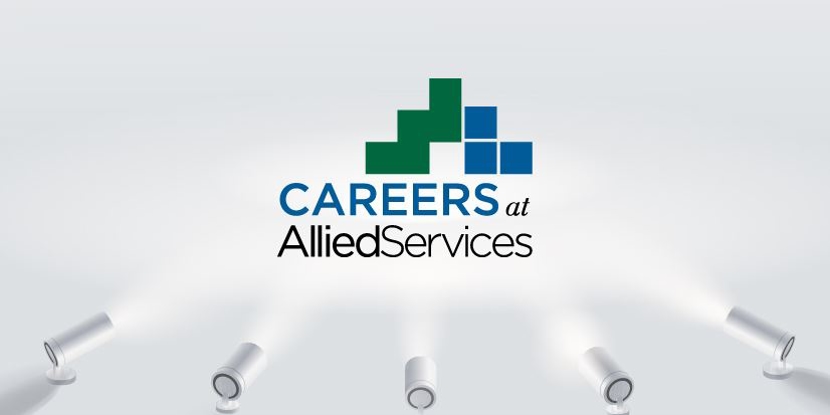Understanding the Four Levels of Hospice Care
- Category: News
- Posted On:
- Written By: Allied Services Integrated Health

At every stage of life, when we're faced with a medical challenge, we turn to the experts for guidance and support. New parents attend neo- and ante-natal classes to prepare for the challenges of childbirth and caring for an infant. Hip replacement patients seek out the best surgeon and rehabilitation specialists for the best outcomes.
When it comes to the end-of-life journey, the same approach can benefit both the patient and their loved ones. Understanding hospice care and what it has to offer can help empower you to make better decisions when the time comes for you or your loved one.
Hospice care is suitable for patients facing life-limiting illnesses or health conditions. It is holistic in its approach; its addresses the patient's physical, emotional, social, and spiritual needs.
For most patients, hospice care is covered through the Medical Hospice Benefit or other health insurance plan. Medicare defines four distinct levels of hospice care. The four levels of hospice defined by Medicare are routine home care, continuous home care, general inpatient care, and respite care. A hospice patient may experience all four or only one, depending on their needs and wishes.
Hospice Care at Home
Once a patient has accepted hospice care, they will receive routine care aimed at increasing their comfort and quality of life as much as possible. Routine care may include pain management, symptom management, emotional and spiritual counseling for the patient and family, assistance with daily tasks, nutritional services, and therapeutic services. Routine hospice care can be provided wherever you call home; whether in a skilled nursing facility, assisted living facility, memory care, or your own home. Care will be intermittent based on the patient's needs.
Continuous Hospice Care
Sometimes referred to as crisis care, continuous hospice care may be necessary when a patient experiences a medical crisis or when their symptoms require more intensive management. Round-the-clock nursing or extended periods of nursing support during this kind of medical crisis benefit the patient and the family, allowing caregivers the opportunity to step back from the hands-on care and focus on being with their loved one in a family role.
Inpatient Hospice Care
Inpatient care may be necessary if a patient's symptoms can no longer be managed at home. The goal here is to control severe pain and stabilize symptoms so that the patient can return home, if possible. Some patients may choose to spend their final days in an inpatient center as a neutral, safe space to be with family and loved ones.
Respite Care
Inpatient hospice centers also offer respite care for home hospice patients. These occasional, short-term stays can provide a much-needed break for loved ones providing care at home while allowing patients to receive appropriate, round-the-clock symptom management.
Your physician or hospice team will guide you throughout the end-of-life journey, and determine the appropriate level of hospice care for you or your loved one. Across the four levels of hospice care, the philosophy remains the same: to offer expert medical care and emotional support that respects the unique wishes of the patient. Understanding where and when hospice care is offered is the first step to understanding the choices you or your loved one has when it comes to the end-of-life journey.
Learn more about Hospice Care here or by calling 570-341-4320.
About the Author: Laura Marion, RN, BSN, is Assistant Vice President of Allied Services Hospice and Palliative Care.



